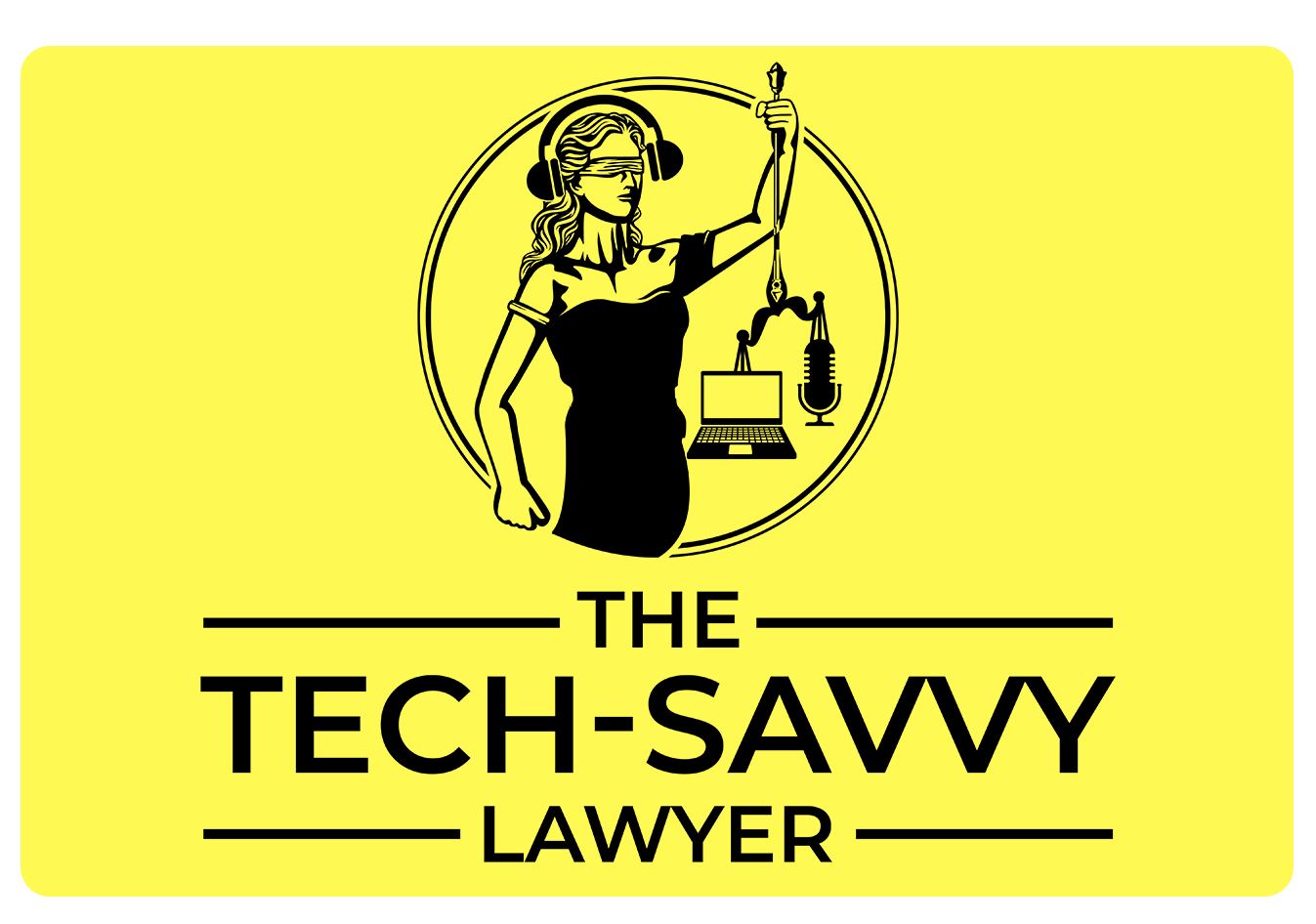MTC (Bonus): The Critical Importance of Source Verification When Using AI in Legal Practice 📚⚖️
/The Fact-Checking Lawyer vs. AI Errors!
Legal professionals face an escalating verification crisis as AI tools proliferate throughout the profession. A recent conversation I had with an AI research assistant about AOL's dial-up internet shutdown perfectly illustrates why lawyers must rigorously fact-check AI outputs. In preparing my editorial for earlier today (see here), I came across a glaring error. And when I corrected the AI's repeated date errors—it incorrectly cited 2024 instead of 2025 for AOL's September 30 shutdown—this highlighted the dangerous gap between AI confidence and AI accuracy that has resulted in over 410 documented AI hallucination cases worldwide. (You can also see my previous discussions on the topic here).
This verification imperative extends beyond simple date corrections. Stanford University research reveals troubling accuracy rates across legal AI tools, with some systems producing incorrect information over 34% of the time, while even the best-performing specialized legal AI platforms still generate false information approximately 17% of the time. These statistics underscore a fundamental truth: AI tools are powerful research assistants, not infallible oracles.
AI Hallucinations in the Courtroom are not a good thing!
Editor's Note: The irony was not lost on me that while writing this editorial about AI accuracy problems, I had to correct the AI assistant multiple times for contradictory statements about error rates in this very paragraph. The AI initially claimed Westlaw had 34% errors while specialized legal platforms had only 17% errors—ignoring that Westlaw IS a specialized legal platform. This real-time experience of catching AI logical inconsistencies while drafting an article about AI verification perfectly demonstrates the critical need for human oversight that this editorial advocates.
The consequences of inadequate verification are severe and mounting. Courts have imposed sanctions ranging from $2,500 to $30,000 on attorneys who submitted AI-generated fake cases. Recent cases include Morgan & Morgan lawyers sanctioned $5,000 for citing eight nonexistent cases, and a California attorney fined $10,000 for submitting briefs where "nearly all legal quotations ... [were] fabricated". These sanctions reflect judicial frustration with attorneys who fail to fulfill their gatekeeping responsibilities.
Legal professionals face implicit ethical obligations that demand rigorous source verification when using AI tools. ABA Model Rule 1.1 (Competence) requires attorneys to understand "the benefits and risks associated with relevant technology," including AI's propensity for hallucinations. Rule 3.4 (Fairness to Opposing Party and Tribunal) prohibits knowingly making false statements of fact or law to courts. Rule 5.1 (Responsibilities Regarding Nonlawyer Assistance) extends supervisory duties to AI tools, requiring lawyers to ensure AI work product meets professional standards. Courts consistently emphasize that "existing rules impose a gatekeeping role on attorneys to ensure the accuracy of their filings".
The Tech-Savvy Lawyer should have AI Verification Protocols.
The legal profession must establish verification protocols that treat AI as sophisticated but fallible technology requiring human oversight (perhaps a comment to Rule 1.1(8). This includes cross-referencing AI citations against authoritative databases, validating factual claims through independent sources, and maintaining detailed records of verification processes. Resources like The Tech-Savvy Lawyer blog and podcast provide valuable guidance for implementing these best practices. As one federal judge warned, "the duty to check their sources and make a reasonable inquiry into existing law remains unchanged" in the age of AI.
Attorneys who embrace AI without implementing robust verification systems risk professional sanctions, client harm, and reputational damage that could have been prevented through diligent fact-checking practices. Simply put - check your work when using AI.
MTC











